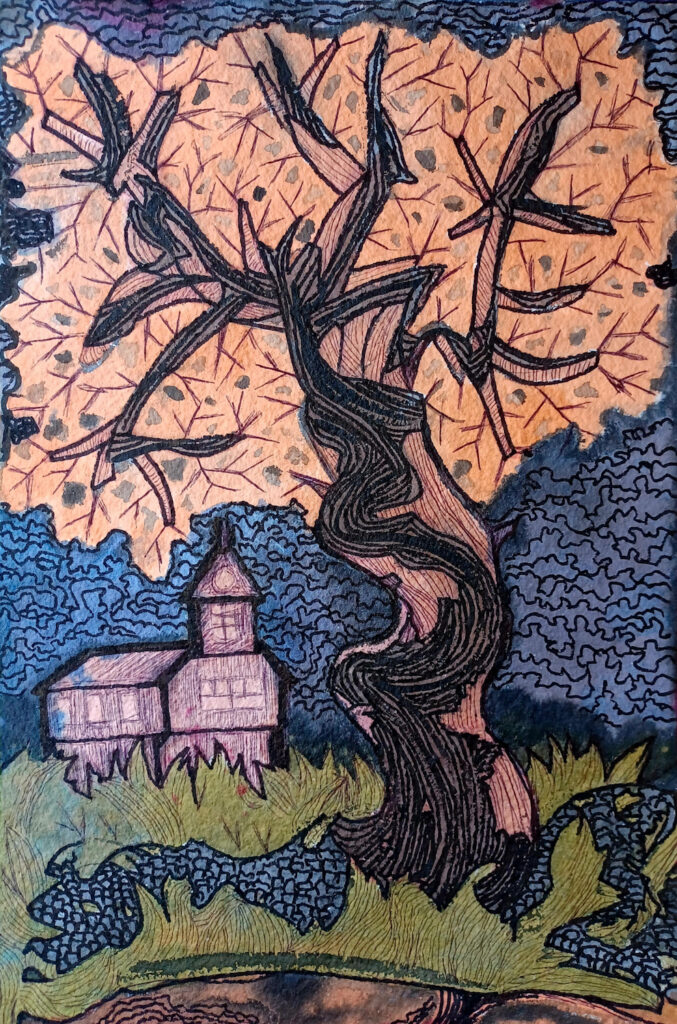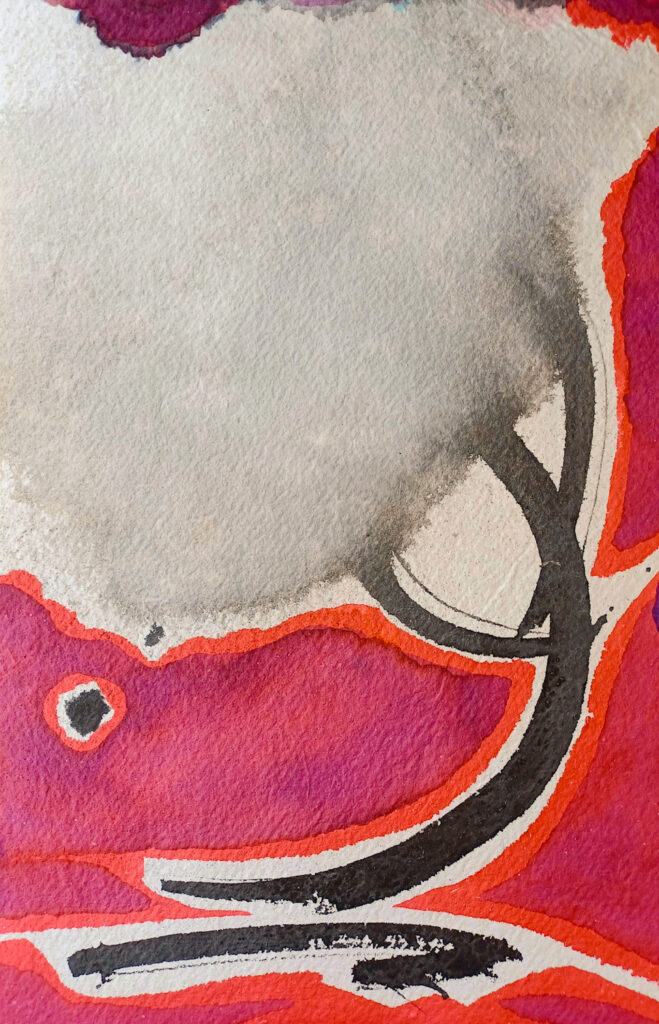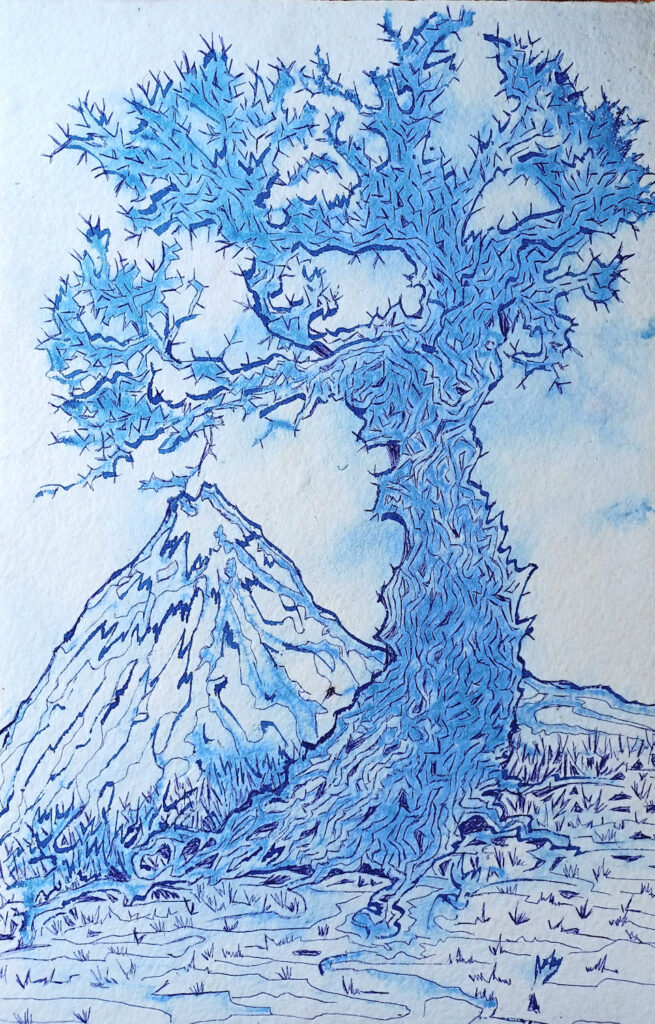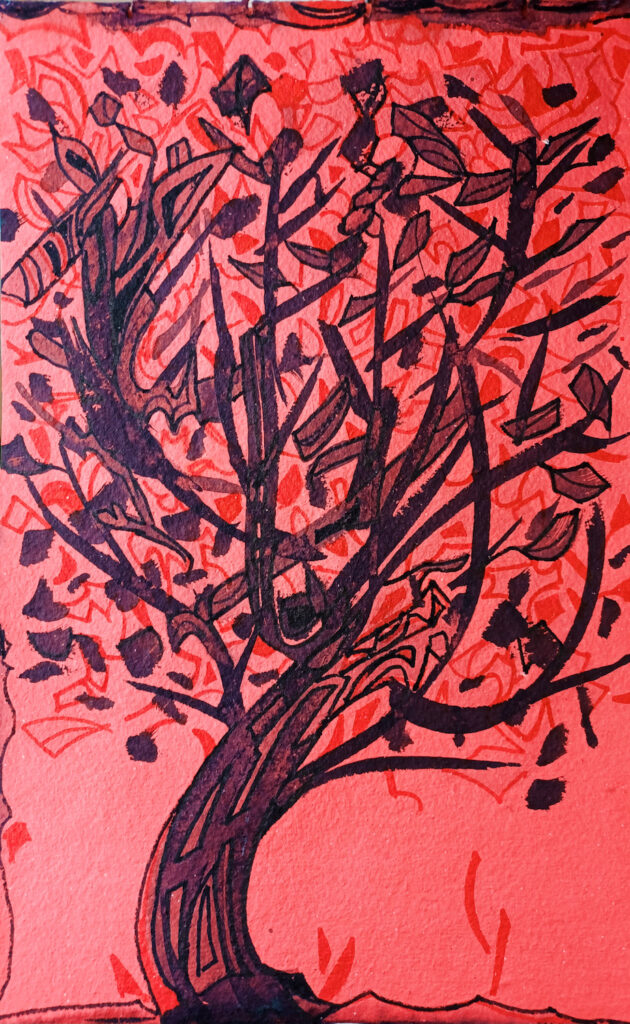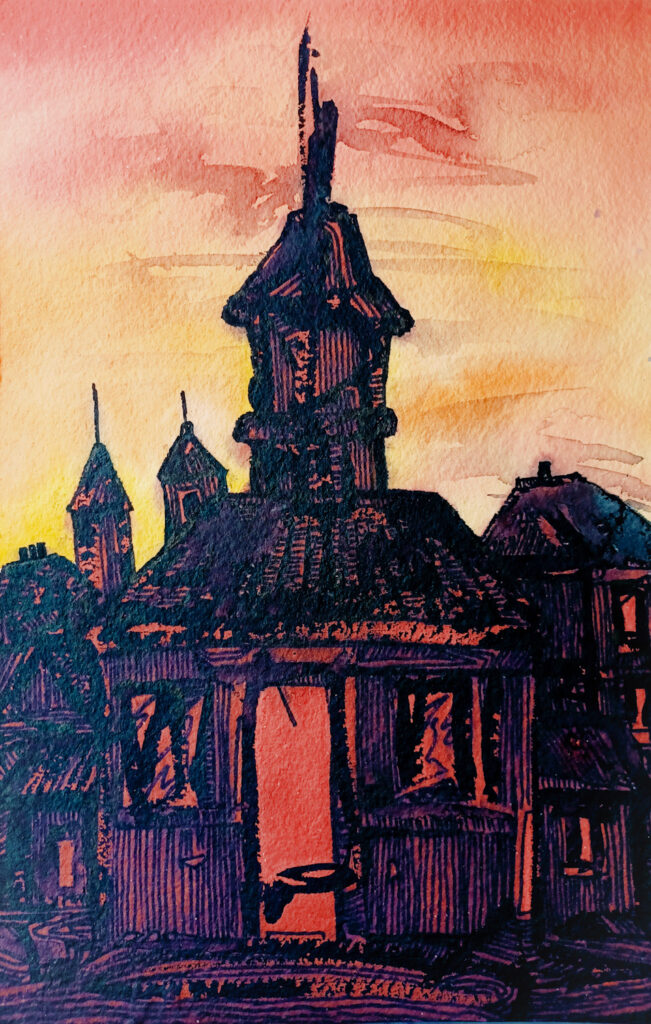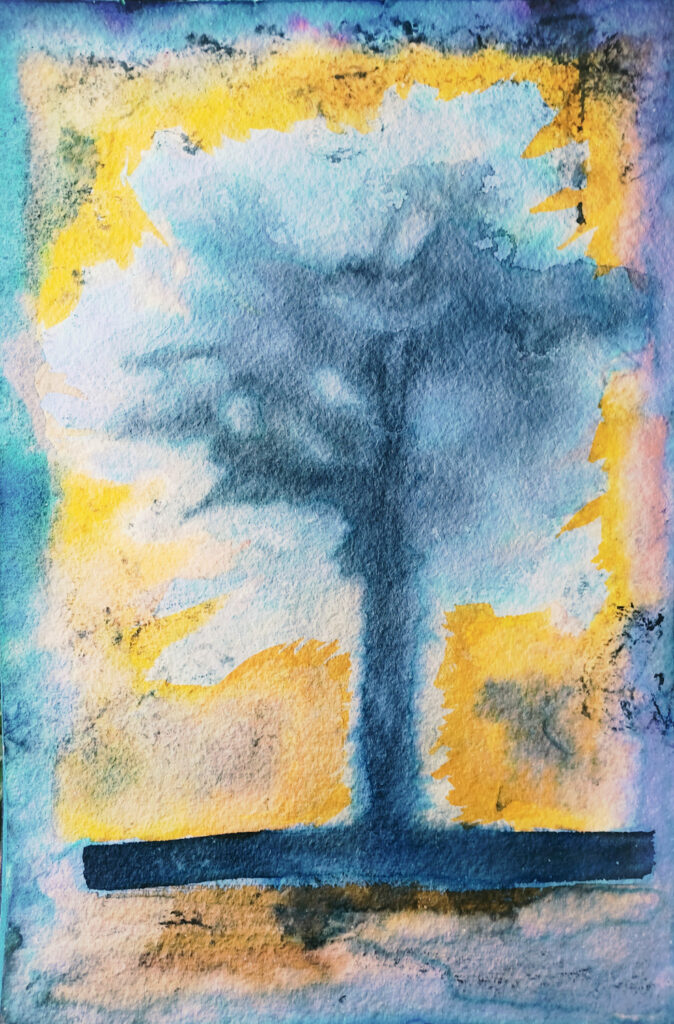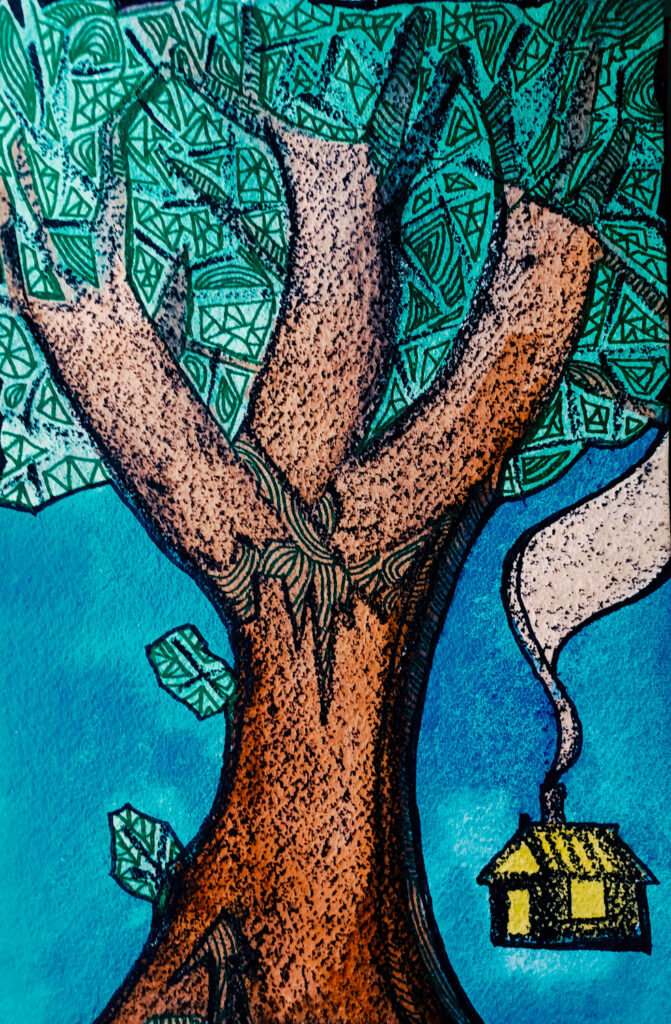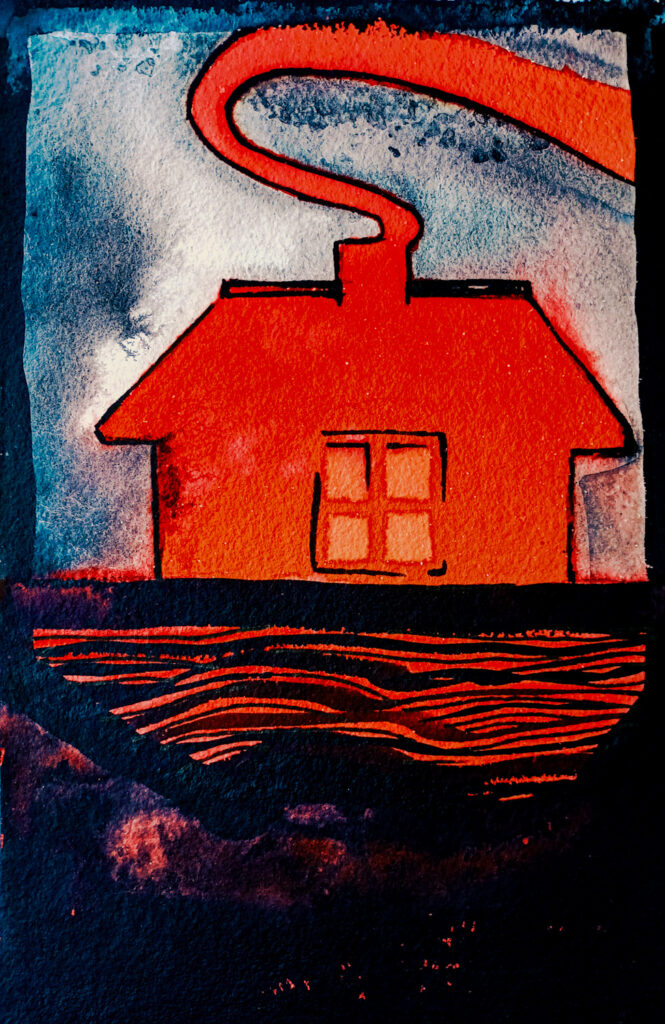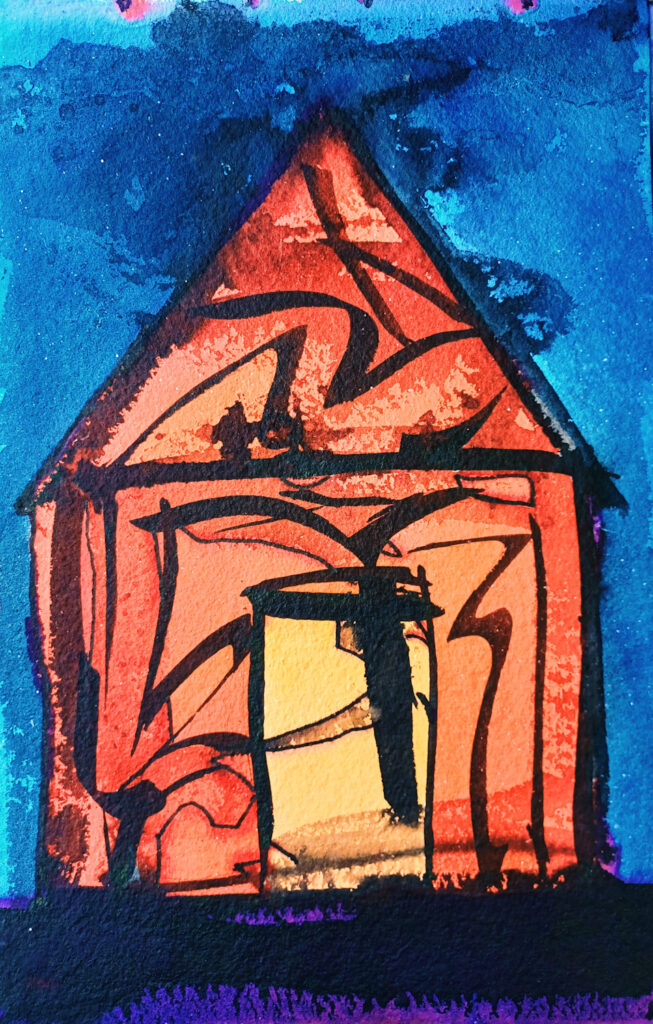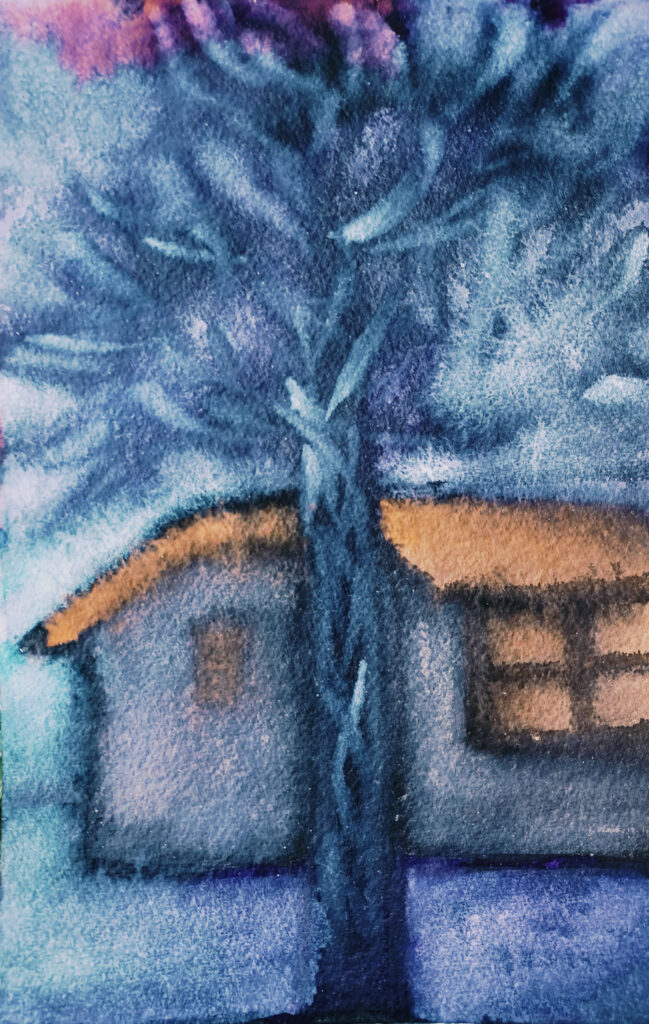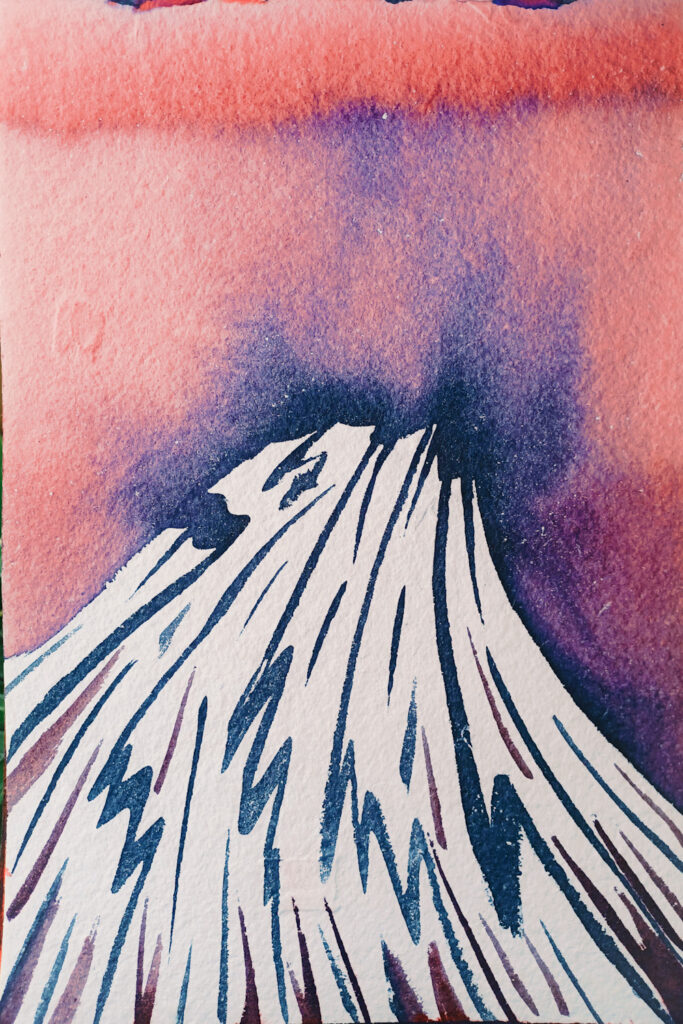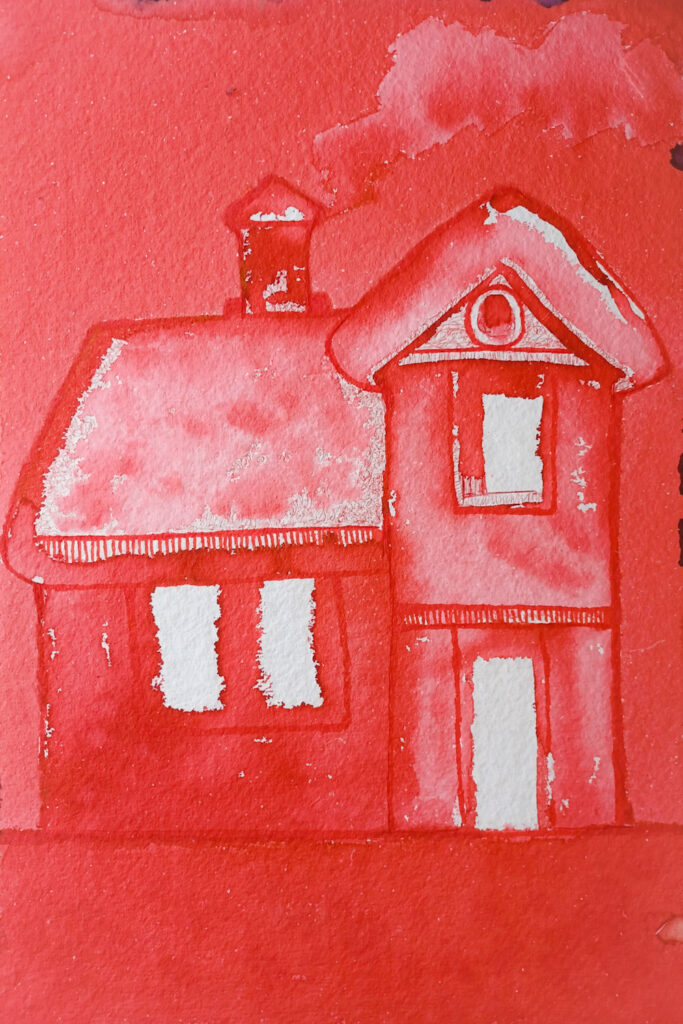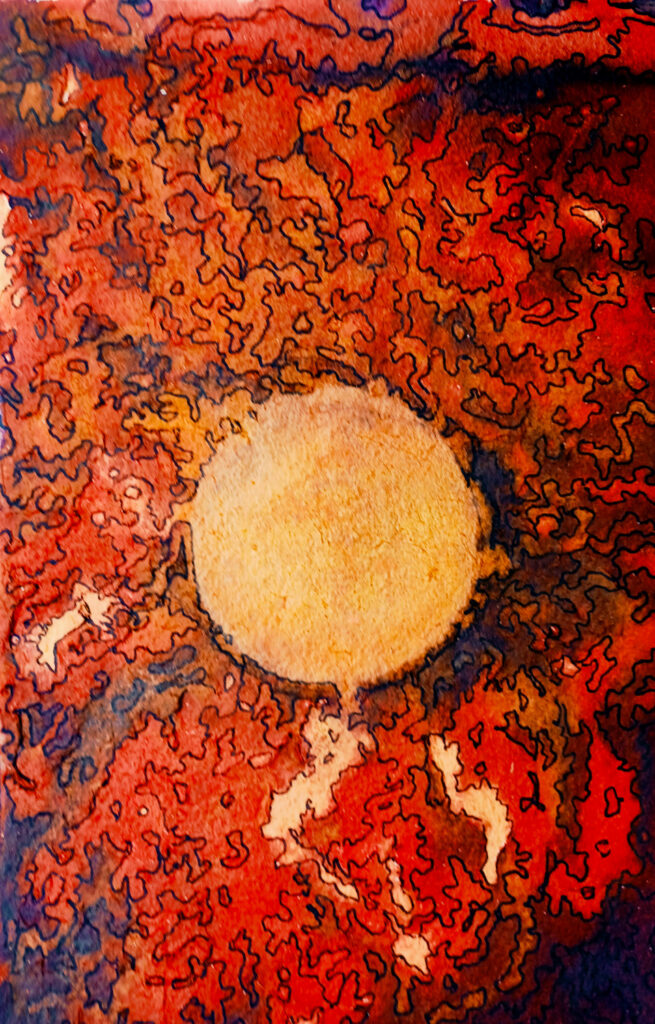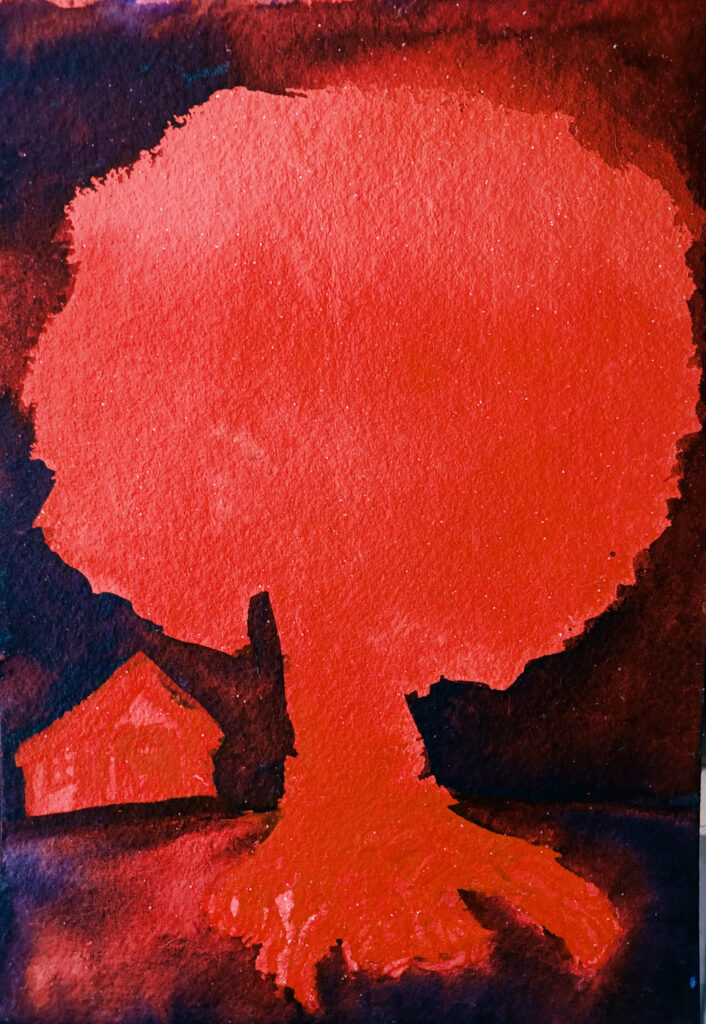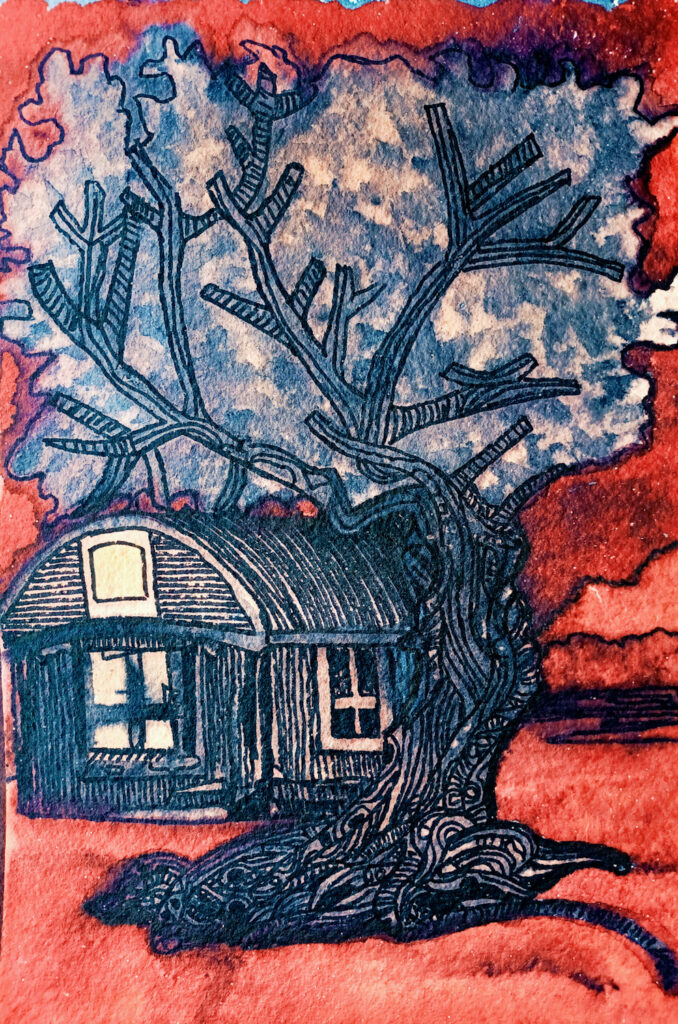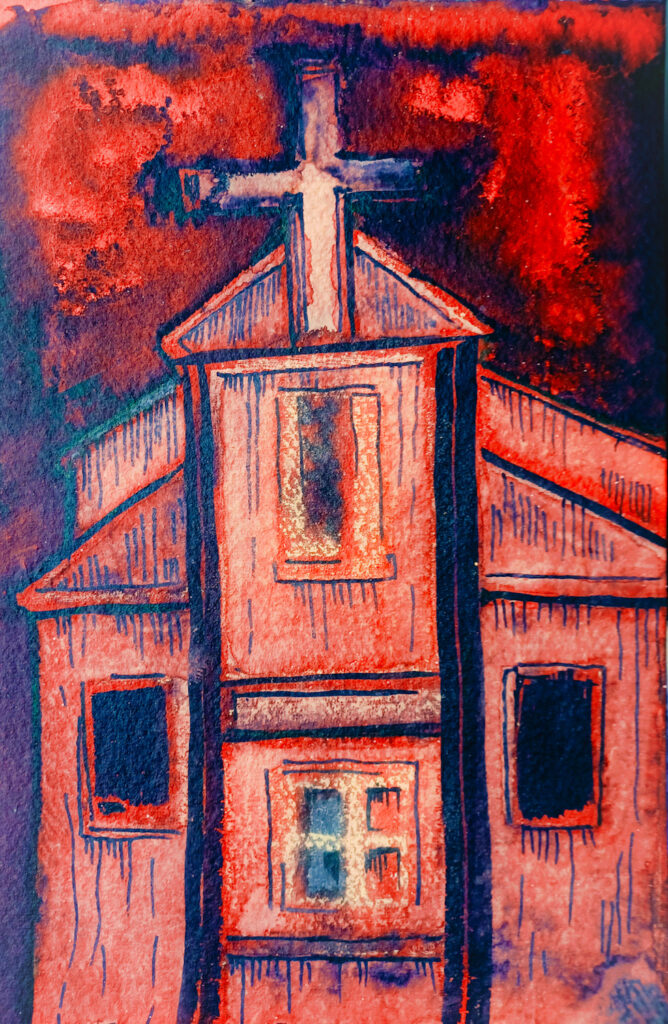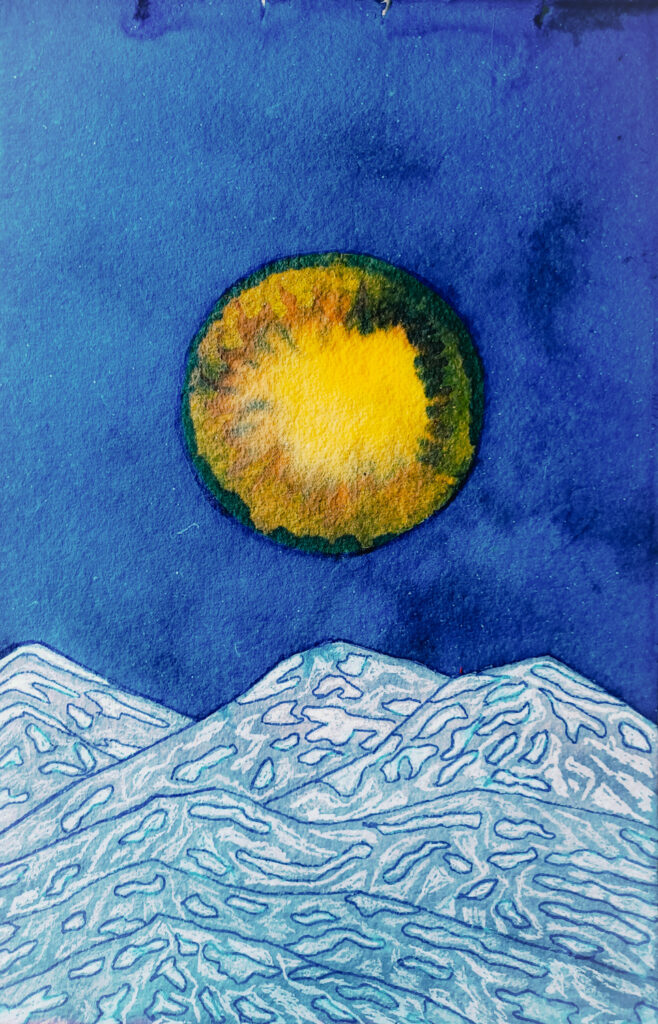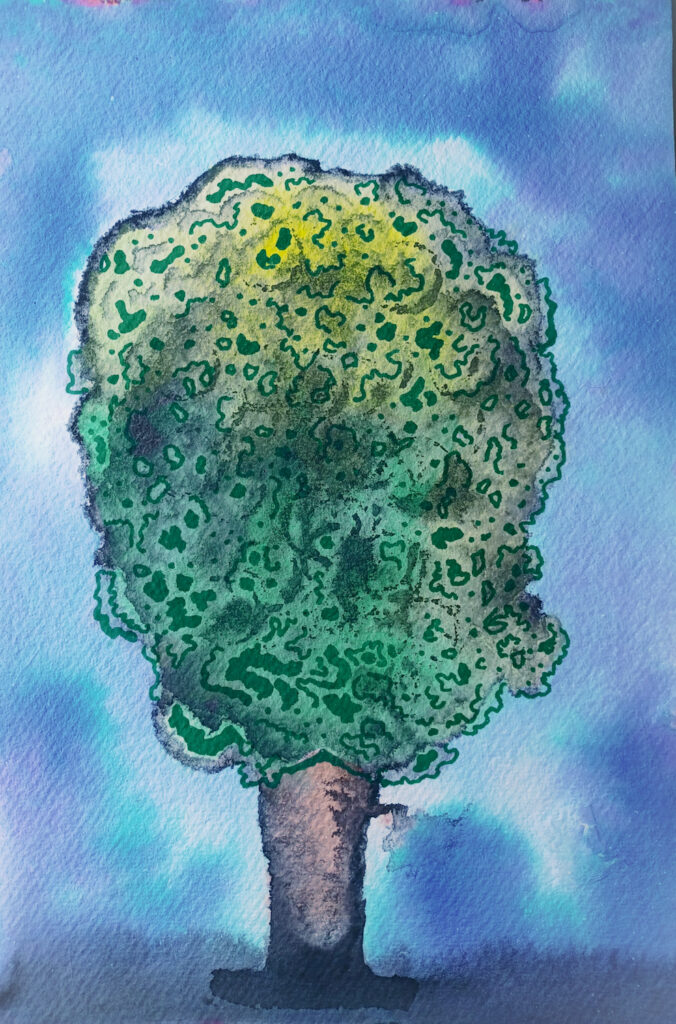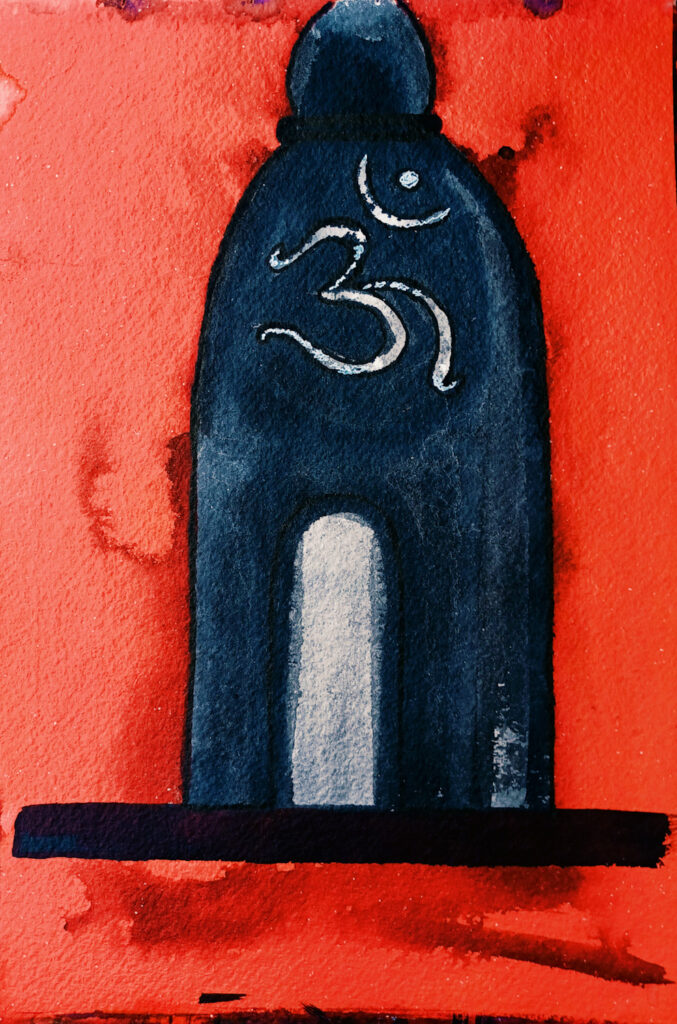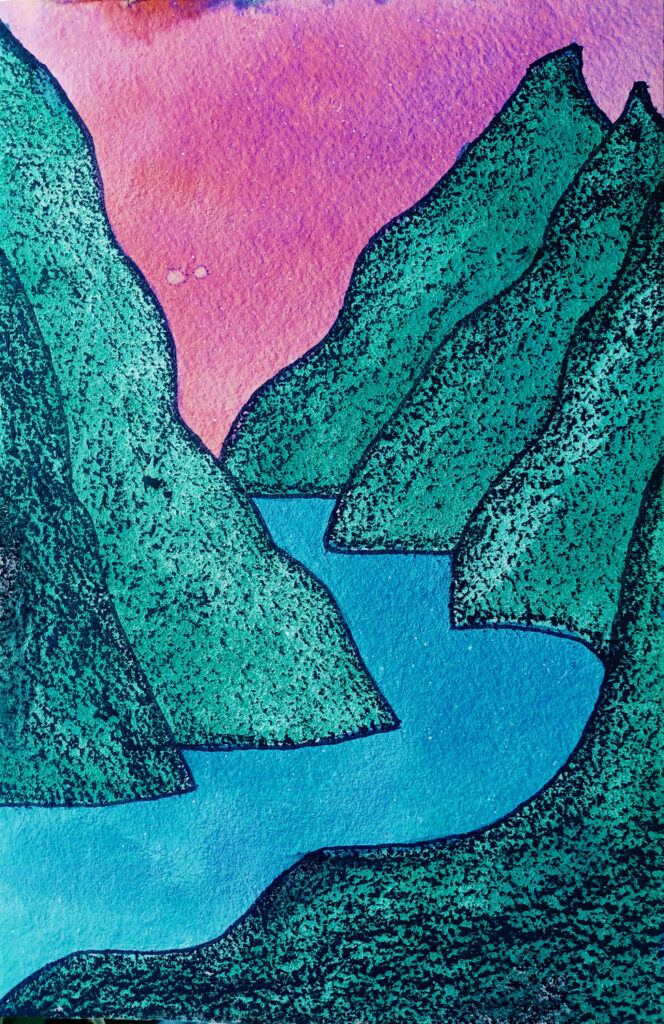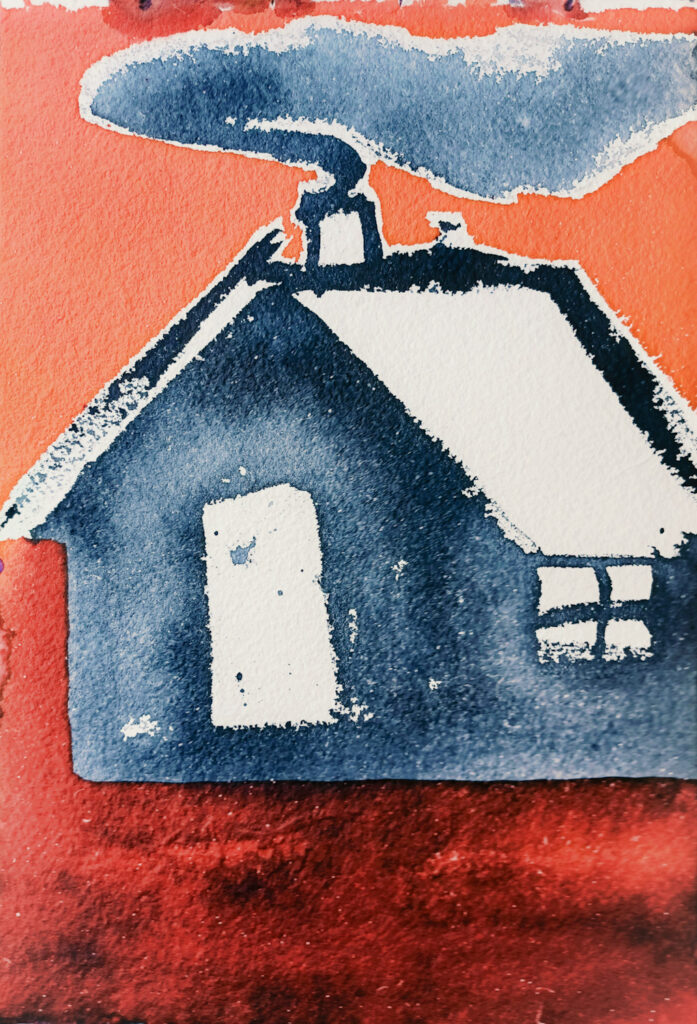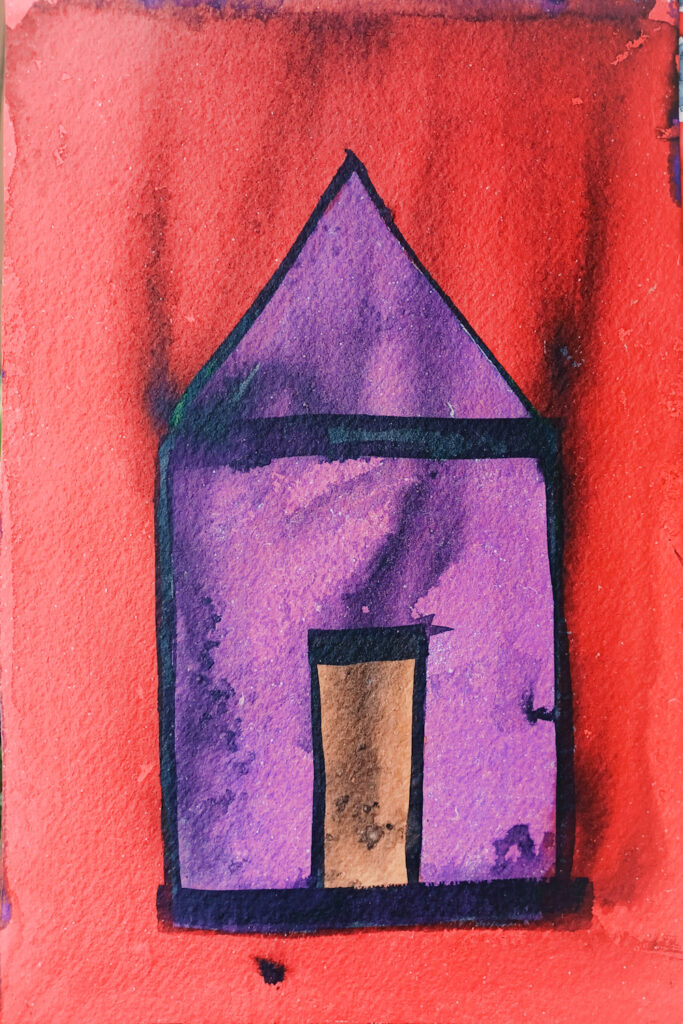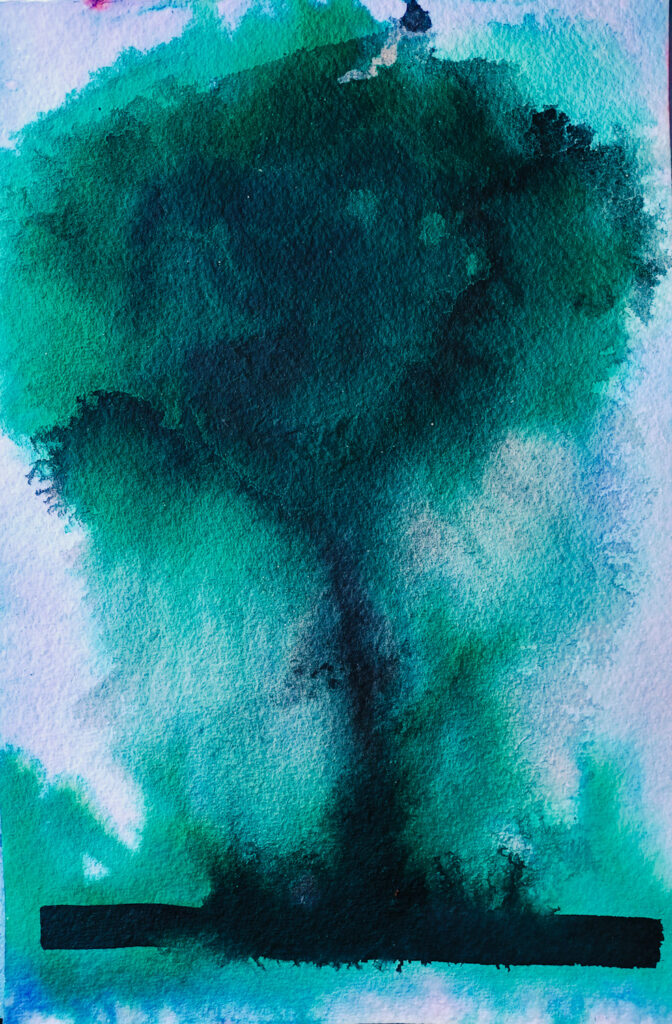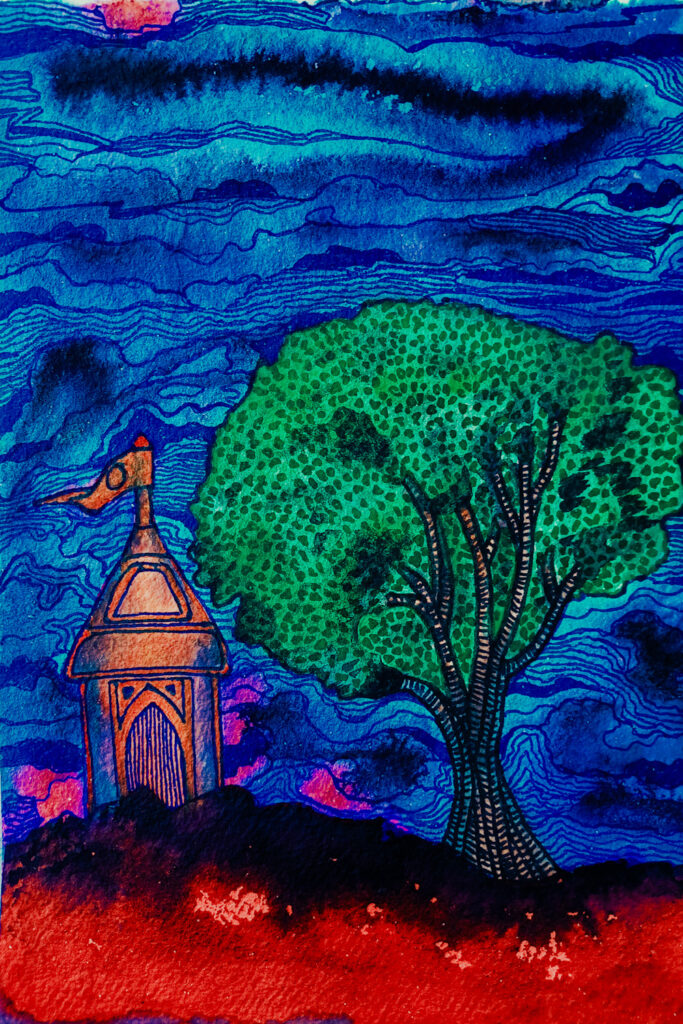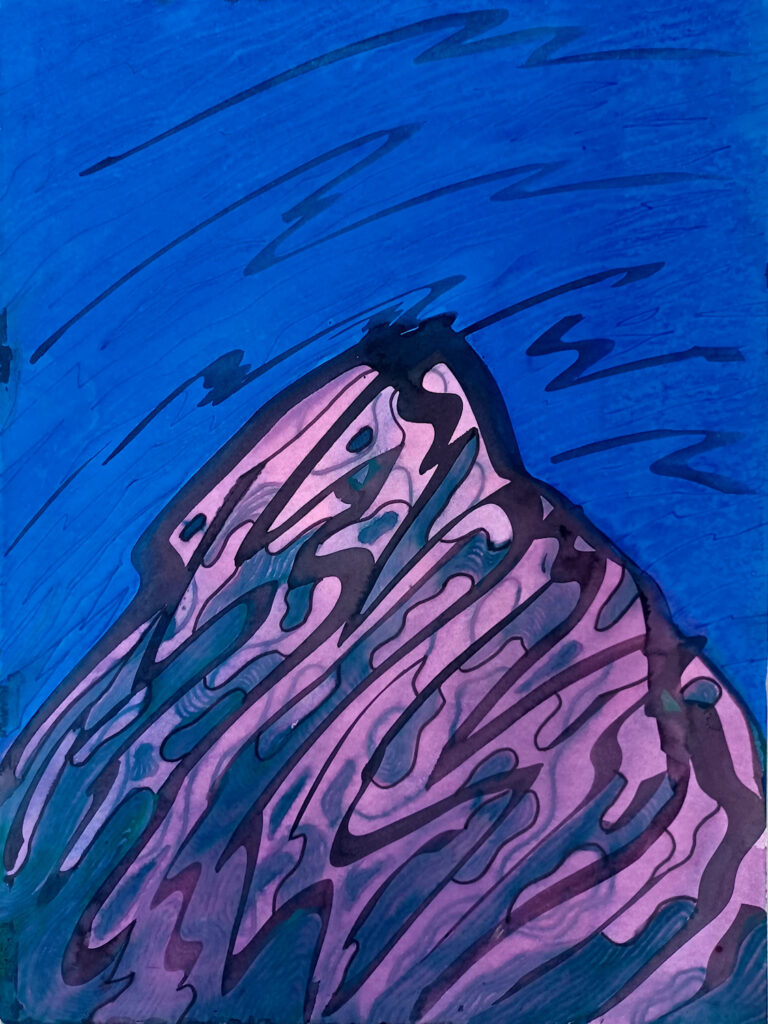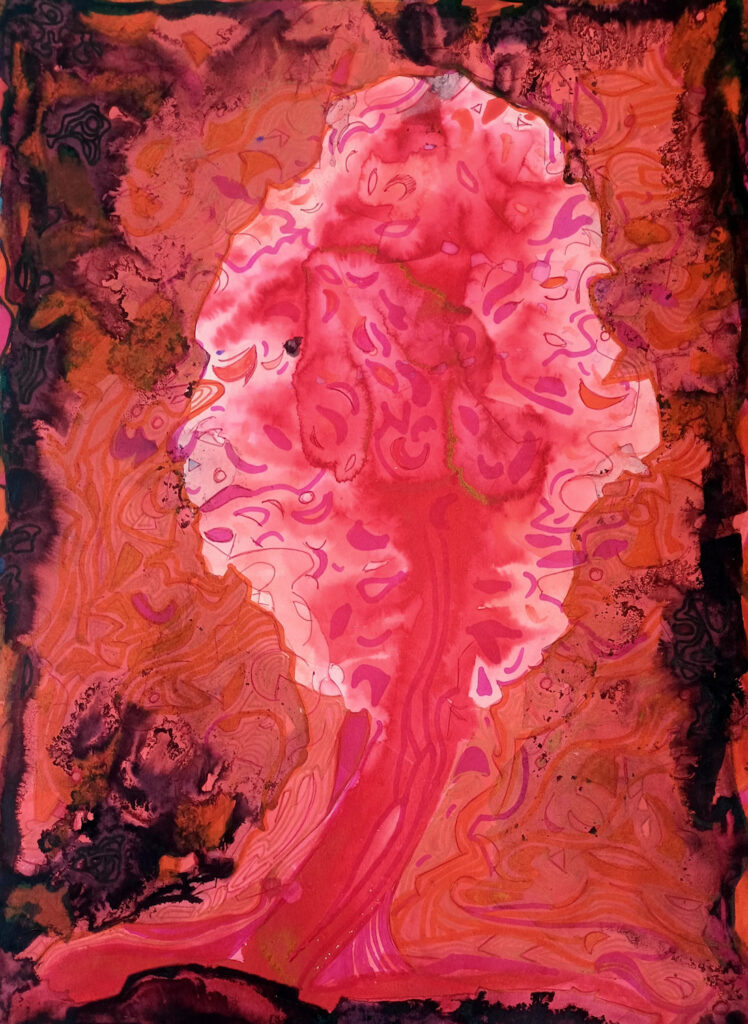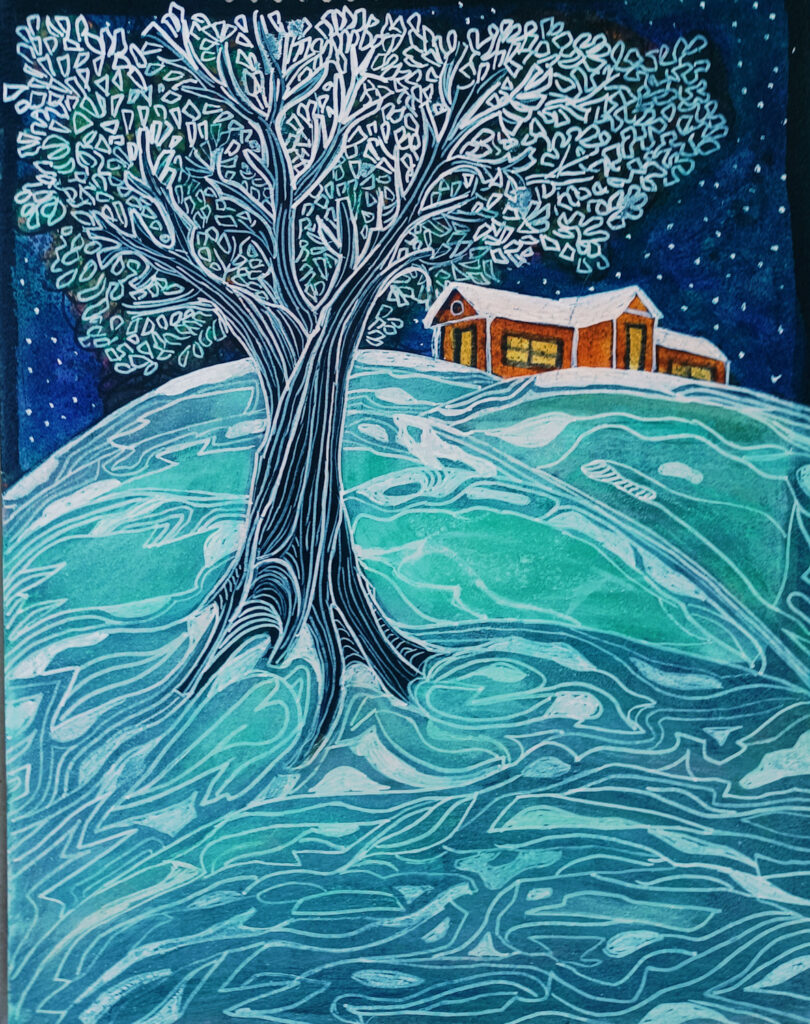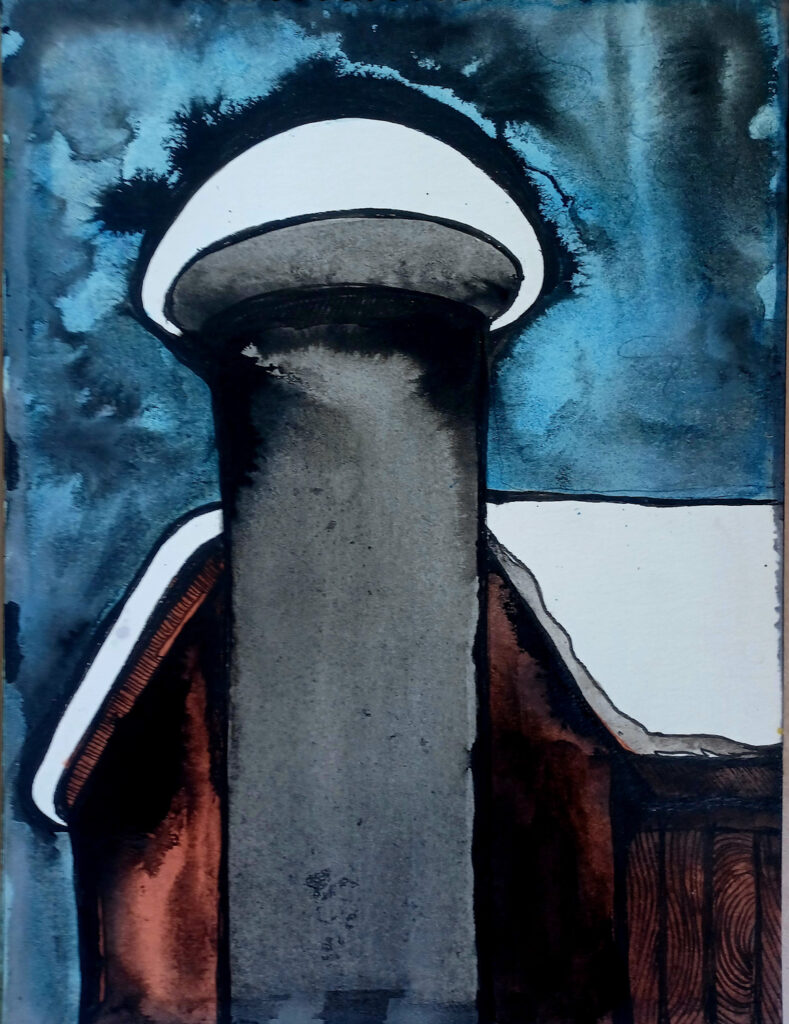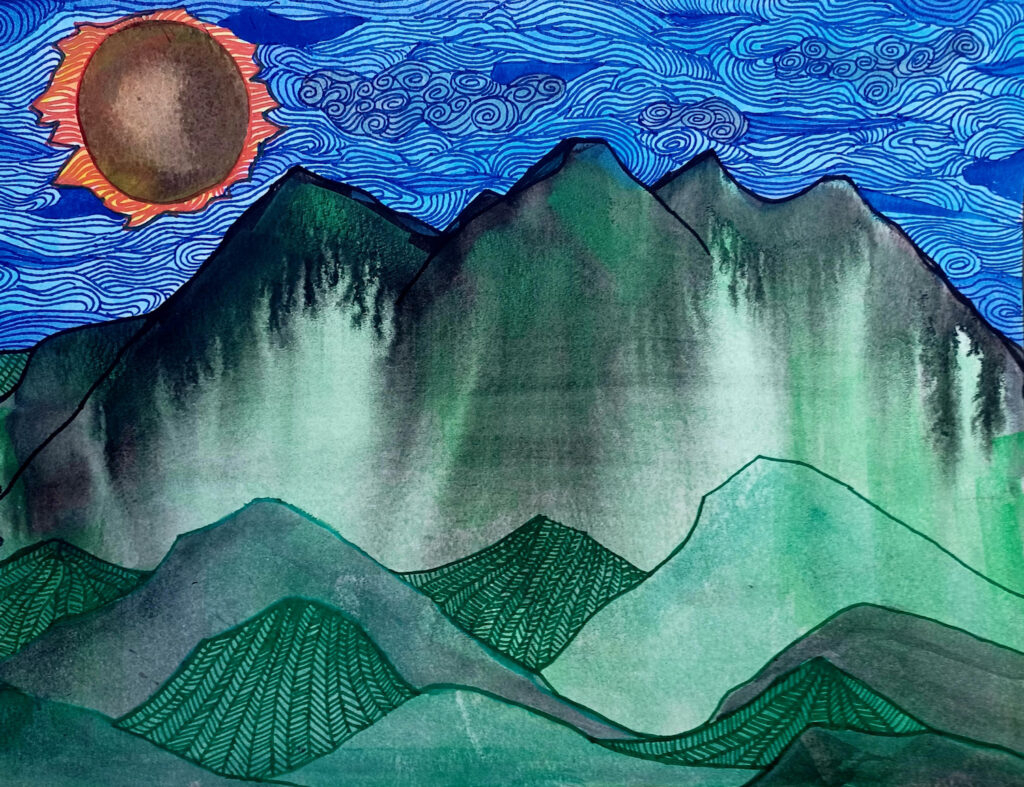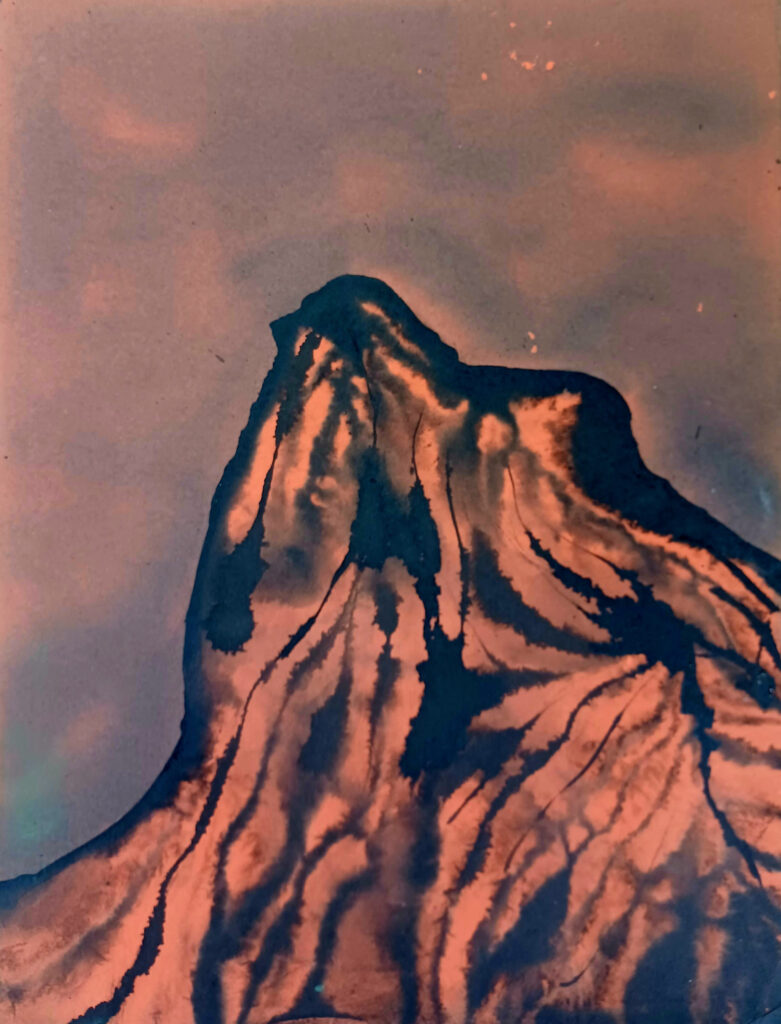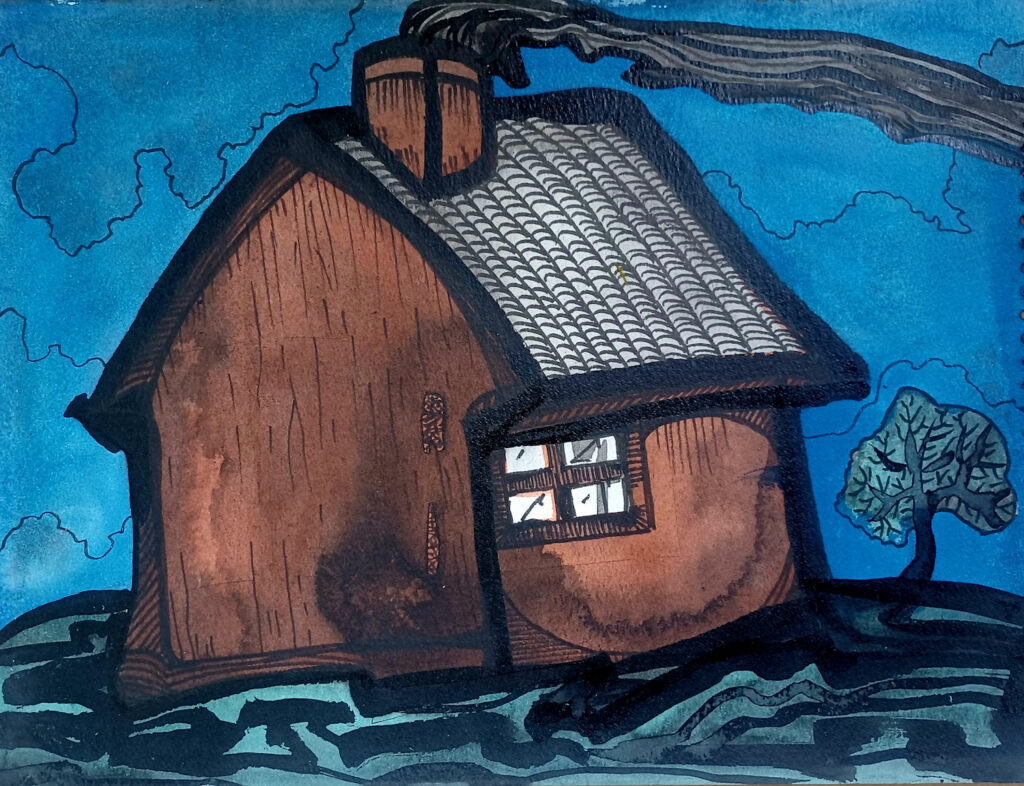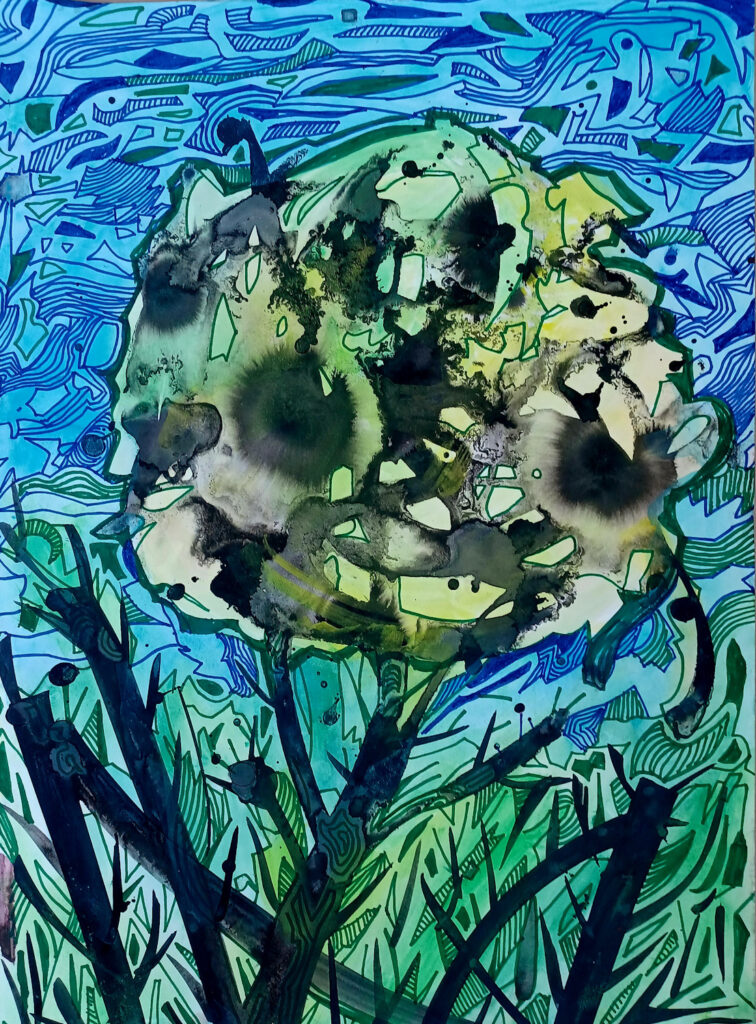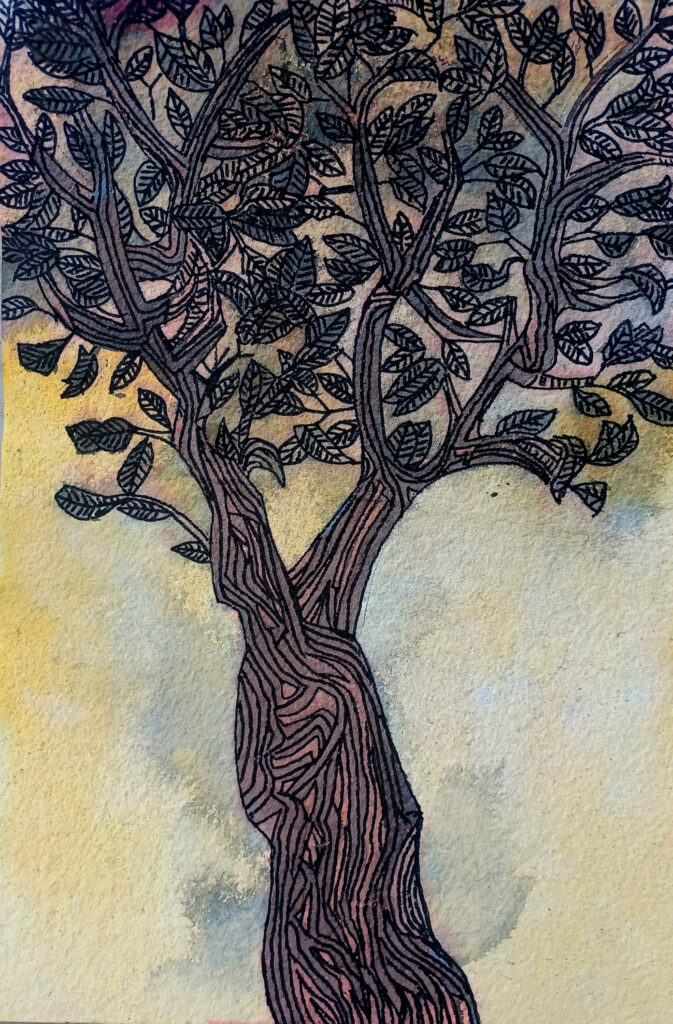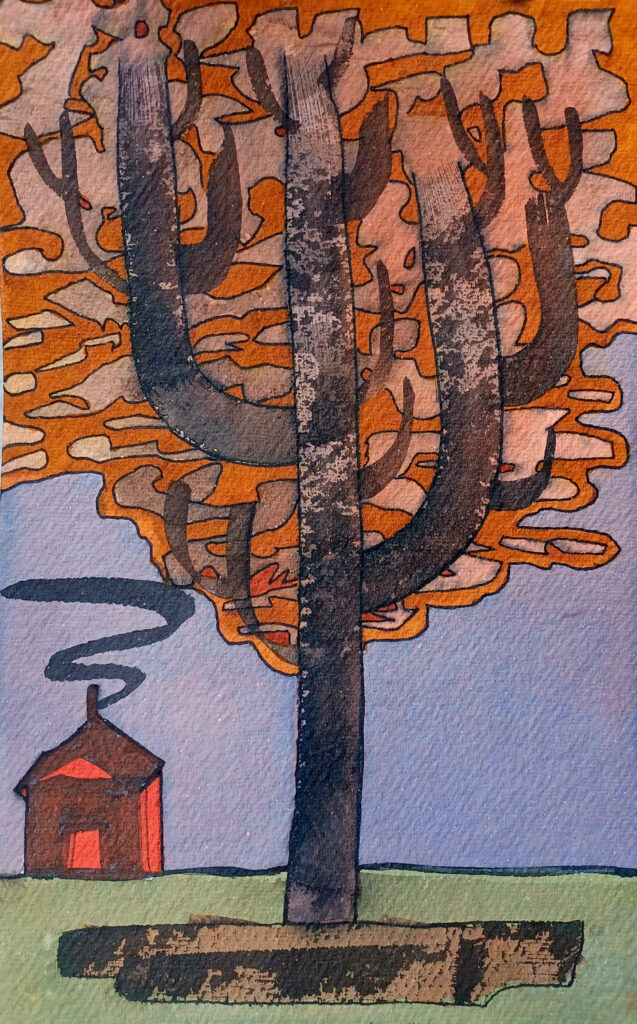I am at a time in my life when I’m consciously trying to simplify my exploits as an artist and as a musician. I have been involved in art as a painter, video artist, intermedia artist, curator and writer. As a musician and performer, I have been involved in the art of solo jazz guitar, and jazz fusion music and have actively participated in recording, production, and live performances.
Been there, done that! Perhaps it’s time to abandon worldly rat races and get serious about “serious expression”. In the recent past, as I worked in education, I realized that a time is upon me, when I need to abandon critical and discursive aspects of art making, and instead recall the innocence of a lost childhood, that we all wish we could return to, time after time. After some contemplation, I came to the realization that the nostalgia for bygones remains constant throughout life, so might as well, embrace it with fervor. In the midst of such an overbearing existential crisis, if you will; I chanced upon two concepts that I felt, could help me find the childish play that I seem to have lost in the grind of worldly pursuits.
Asemic
The word asemic /eɪˈsiːmɪk/ means “having no specific semantic content”, or “without the smallest unit of meaning”. With the non-specificity of asemic writing there comes a vacuum of meaning, which is left for the reader to fill in and interpret.
Hiraeth
Hiraeth is a deep, nostalgic longing for a time, place, or feeling that’s in the past and can’t be returned to, or that never was. It can also be described as a mixture of longing, wistfulness, yearning, and sadness for a lost or departed homeland or romanticized past. It’s similar to words in other languages, but no exact translation exists: Saudade (Portuguese), Sehnsucht: (German), Dor (Romanian), and Tizita (Ethiopian).
Asemic Hiraeth – Series 1
This series of drawings have emerged out of two influences.
The first is asemic writing. Asemic writing occurs in avant-garde literature and art with strong roots in the earliest forms of writing. The history of today’s asemic movement stems from two Chinese calligraphers: “crazy” Zhang Xu, a Tang dynasty (c. 800 CE) calligrapher who was famous for creating wild illegible calligraphy, and the younger “drunk” monk Huaisu who also excelled at illegible cursive calligraphy. Japanese calligraphers subsequently expanded upon Chinese abstract calligraphic expression by Hitsuzendō (the way of Zen through brush), allowing their works to move past formal presentation and “breathe with the vitality of eternal experience”. In the early 20th century surrealists and abstractionists were also drawn to asemic writing and much evidence of it exists in their works. Even today asemic writing thrives as a form of post-literature.
The second influence is taken from the Welsh word Hiraeth, that I came across one day on social media. It is somewhat of an irony if one has to represent asemic content, and at the same time recall the nostalgia for an unknown place. However in these works, I have tried to do just that via merging of mark making and quasi-calligraphy, as a sort of asemic writing that plays with simplified drawings and illustrations of the very things we all drew as children e.g. trees, huts, rivers, and mountains etc. In a way, I am trying my best to recall my hiraeth.
To me, it is more important to nurture “a personal pictorial linguistic” than to intellectualize or jargonize my habitual artistic exploits, and the element of asemic writing in drawing form helps me do just that.
There is a lot more to this thought process and it is explained in detail in my artist’s statement.
This first series that I have titled Asemic Hiraeth – Series 1 is almost entirely made of small size works done in mixed media, but with predominant use of inks, markers, and water colour on handmade paper that I bought from the Kalamkhush Paper Factory in Ahmedabad, which was a collateral project that Mahatma Gandhi had founded alongside the Sabarmati Ashram.
